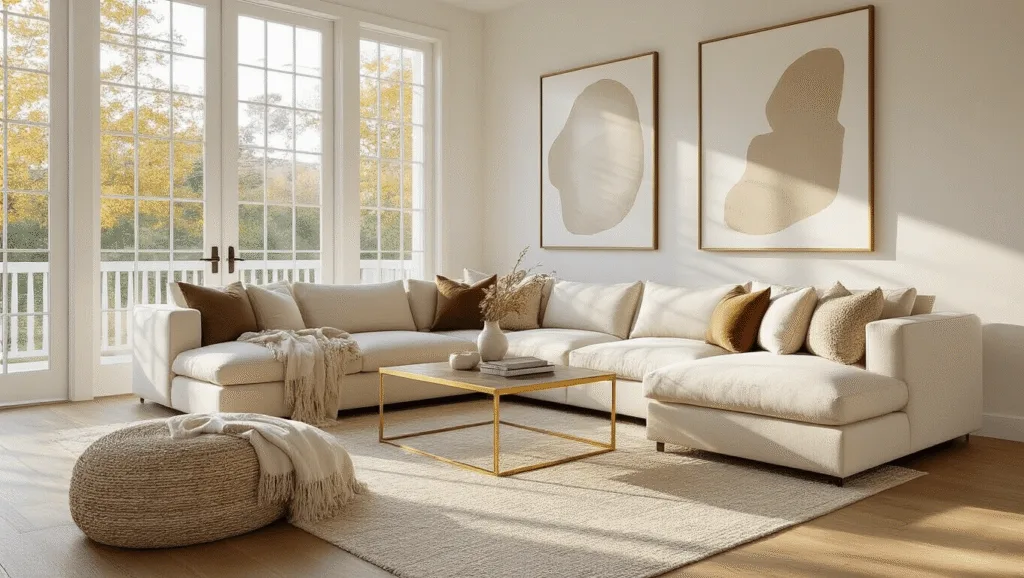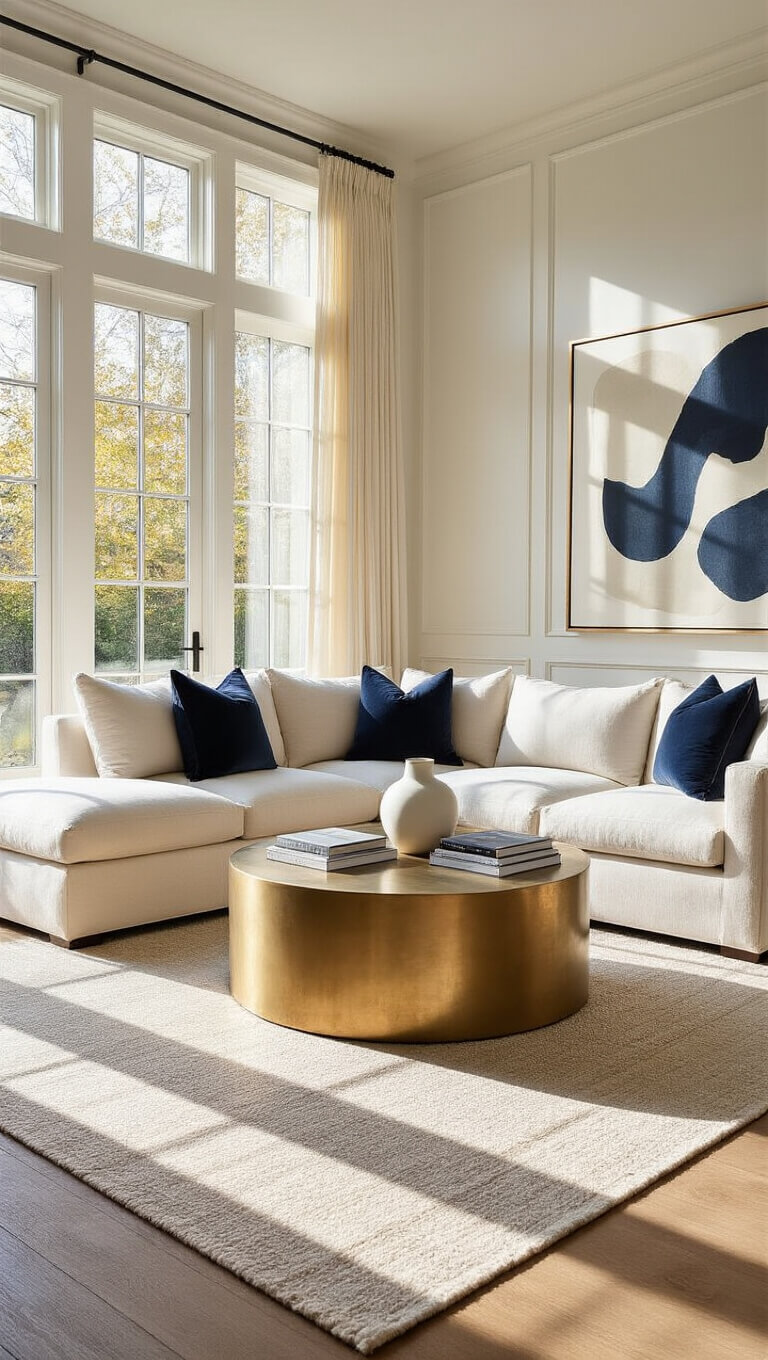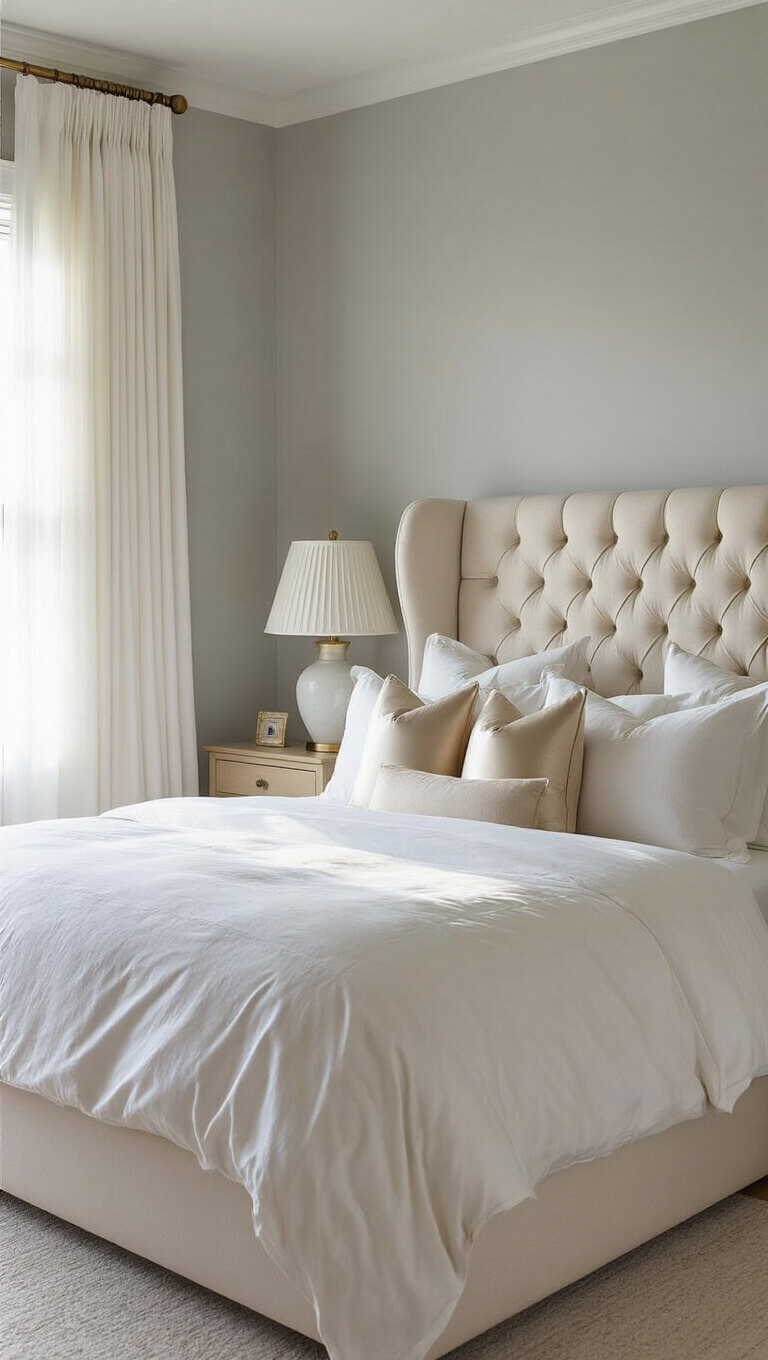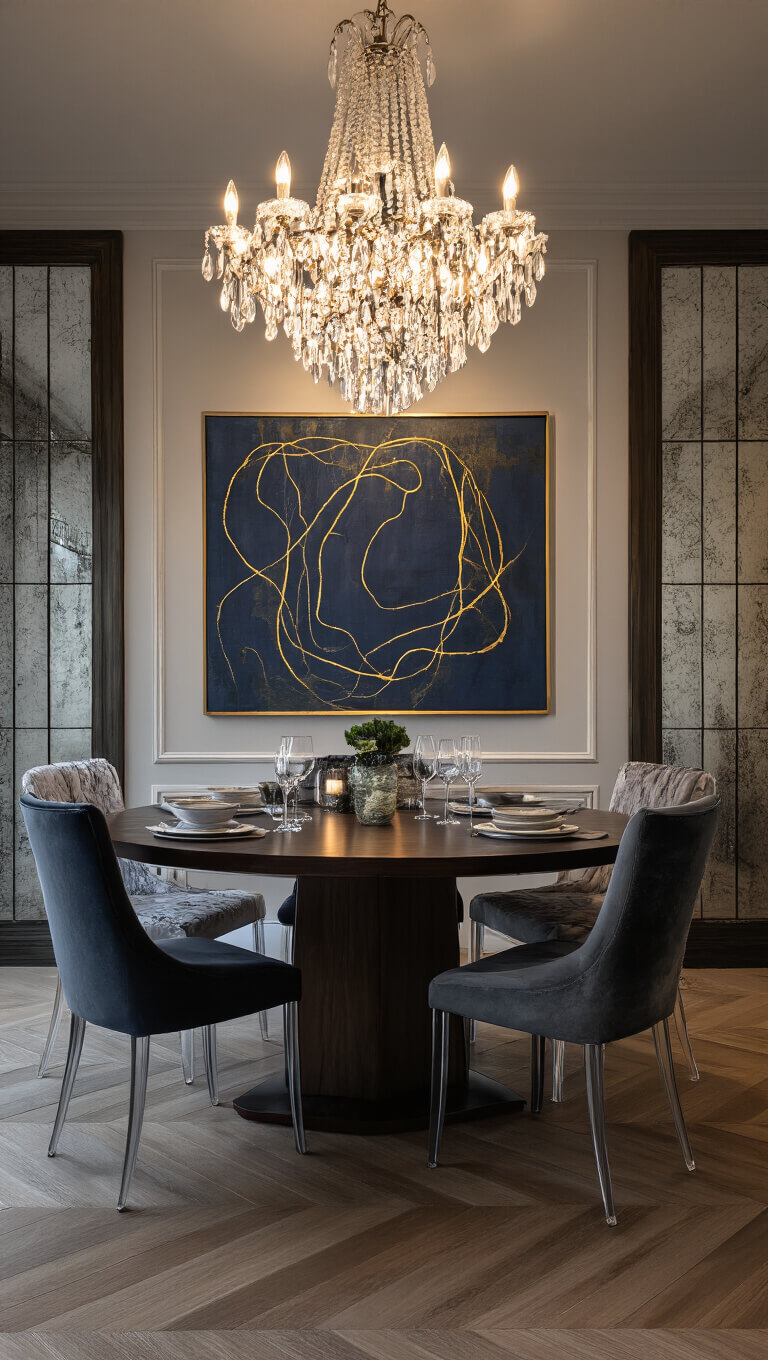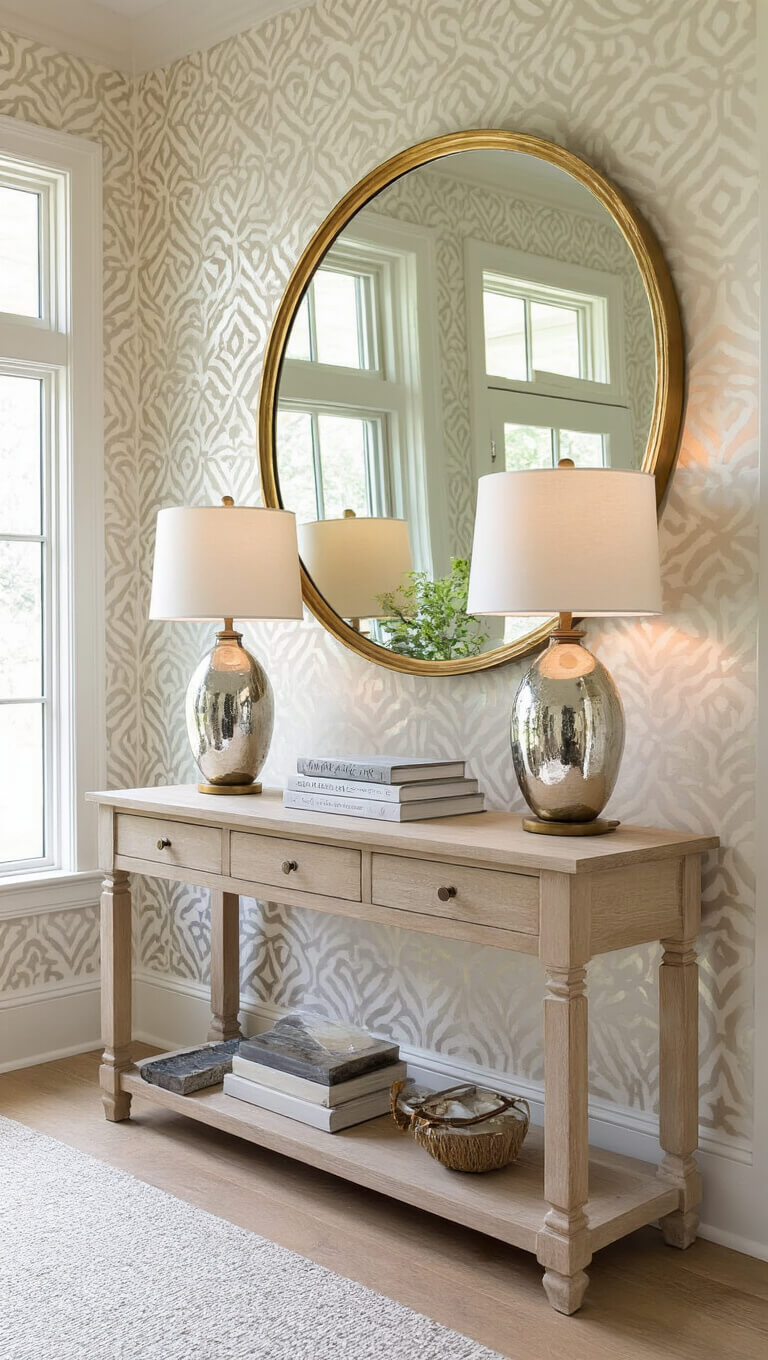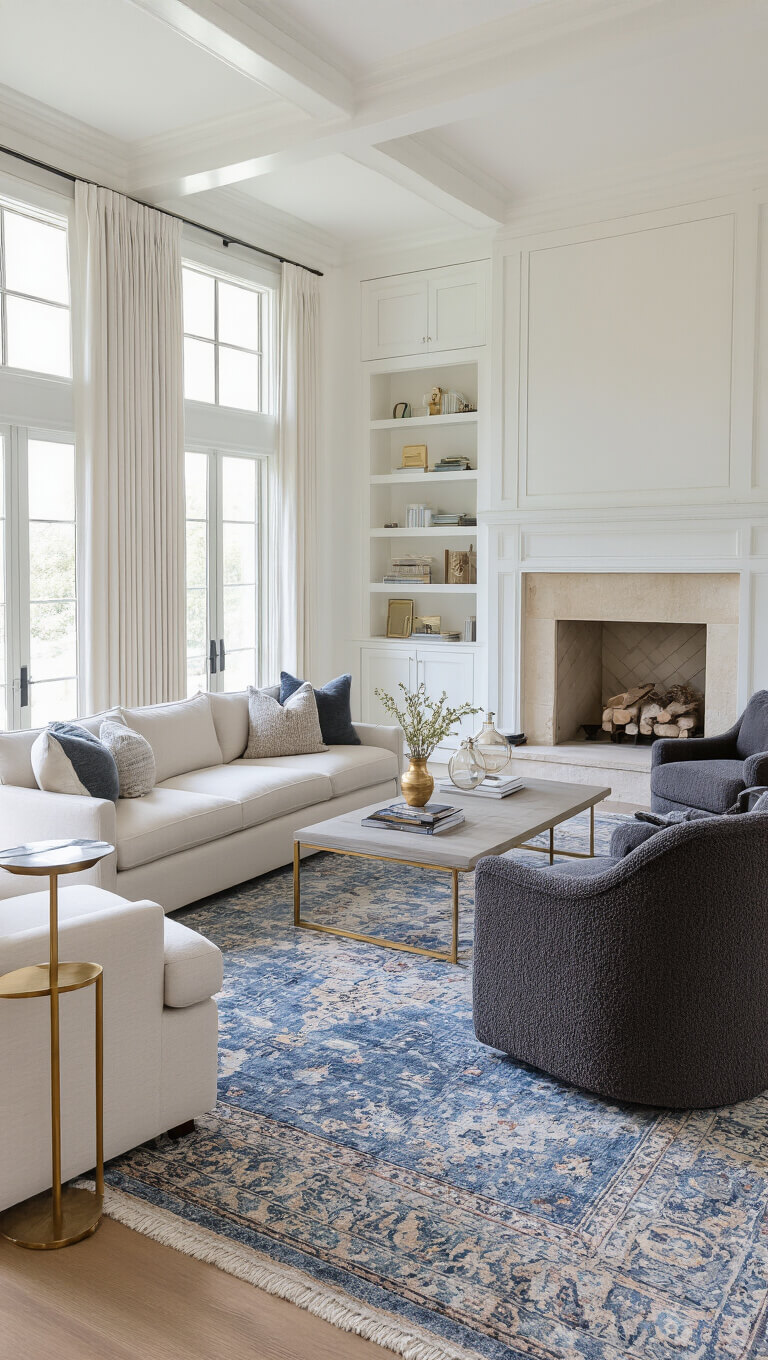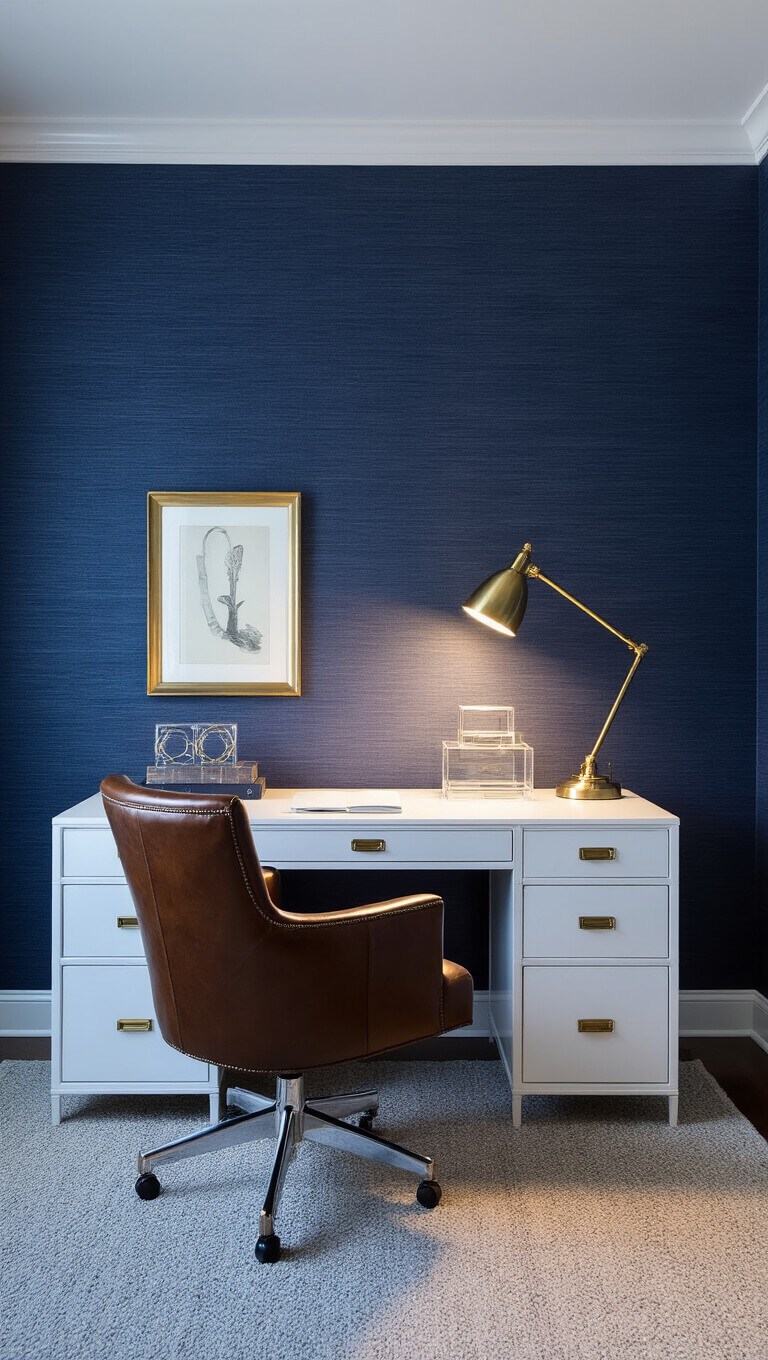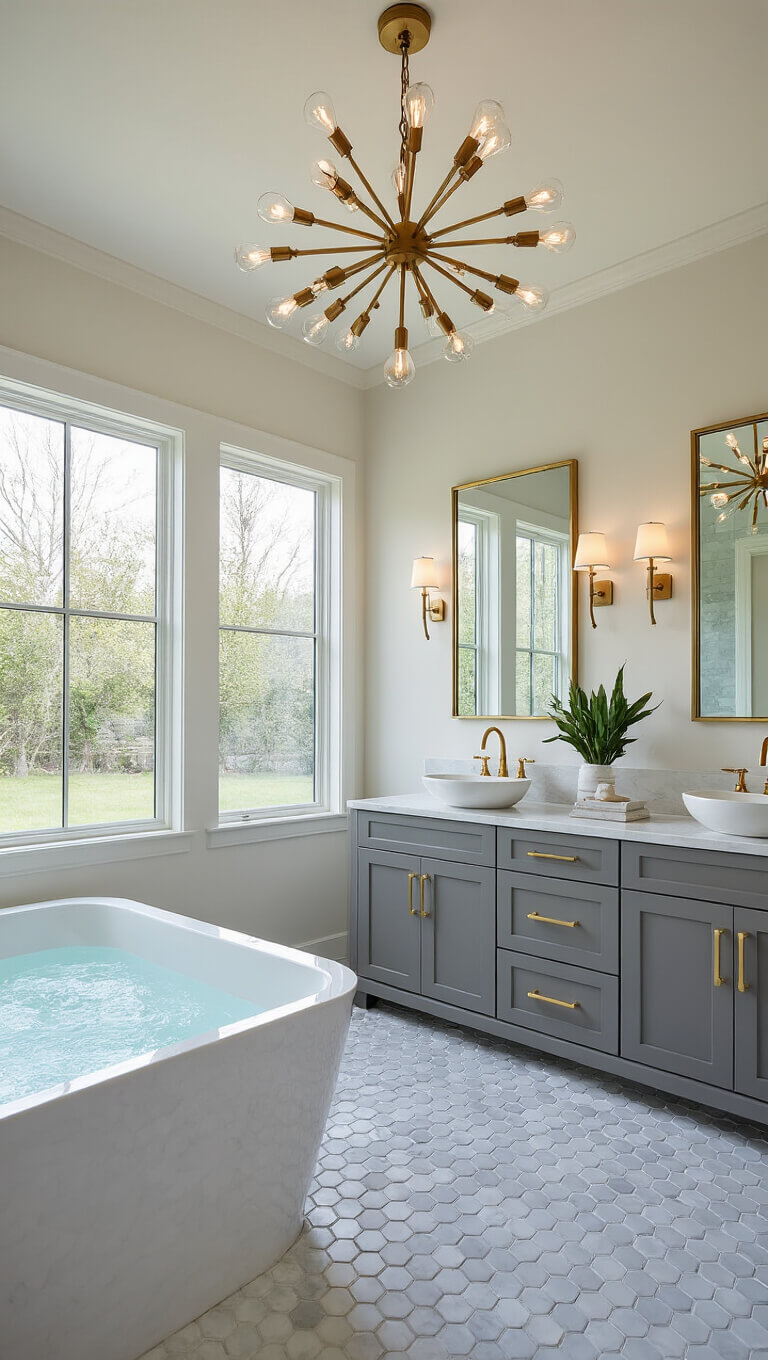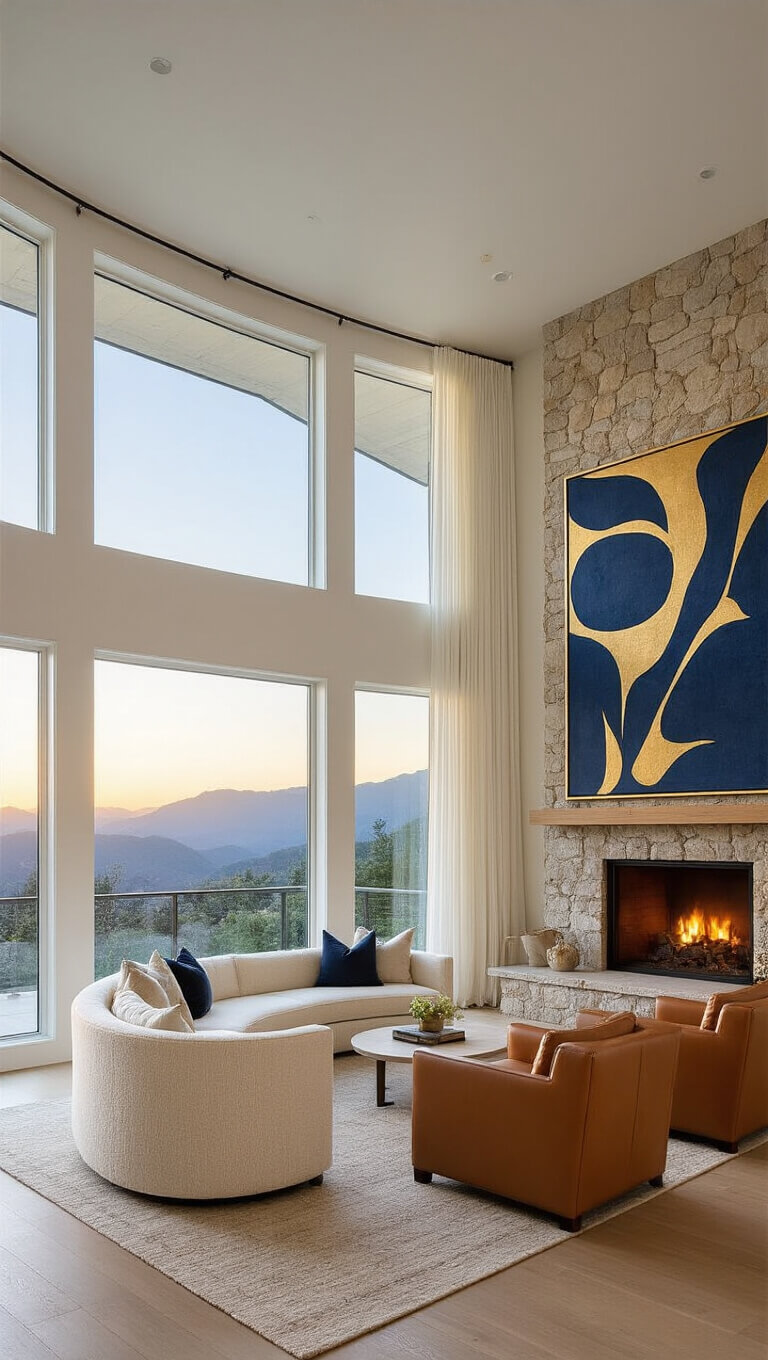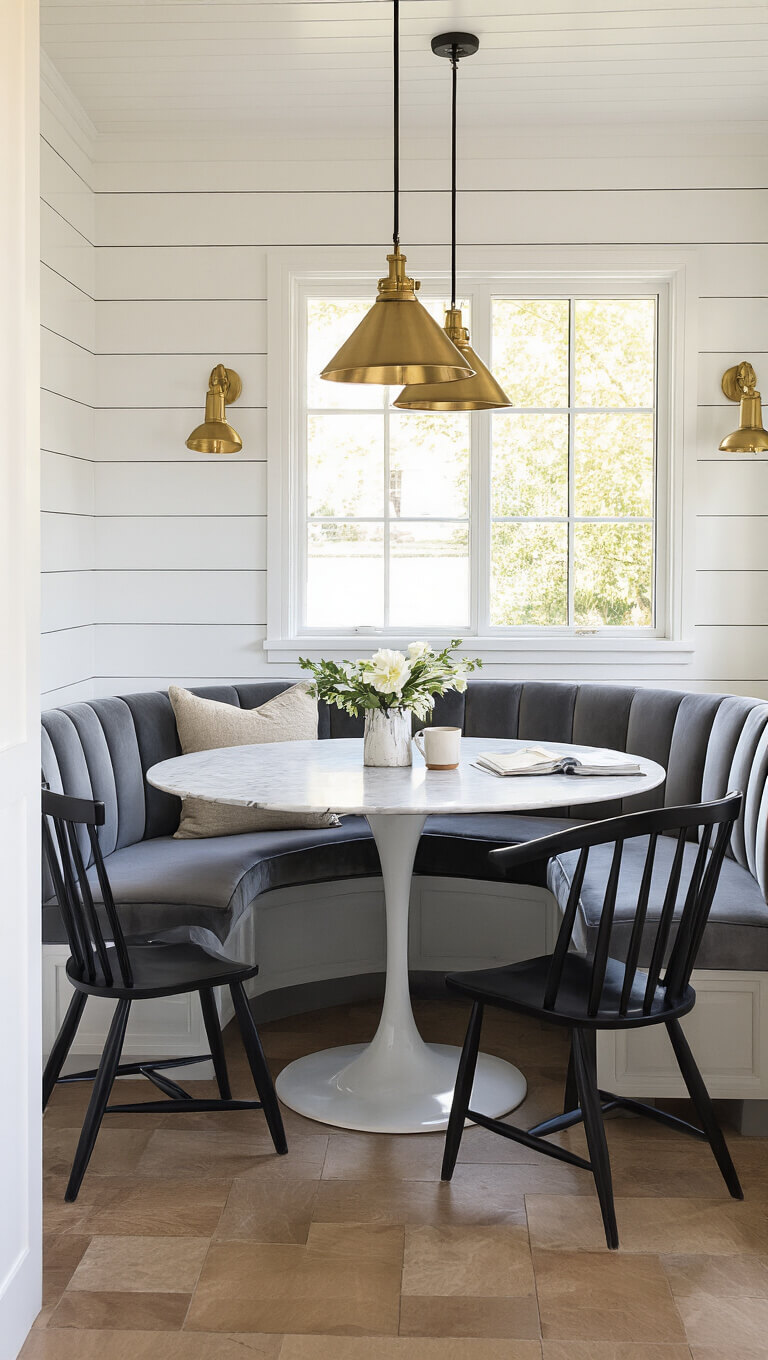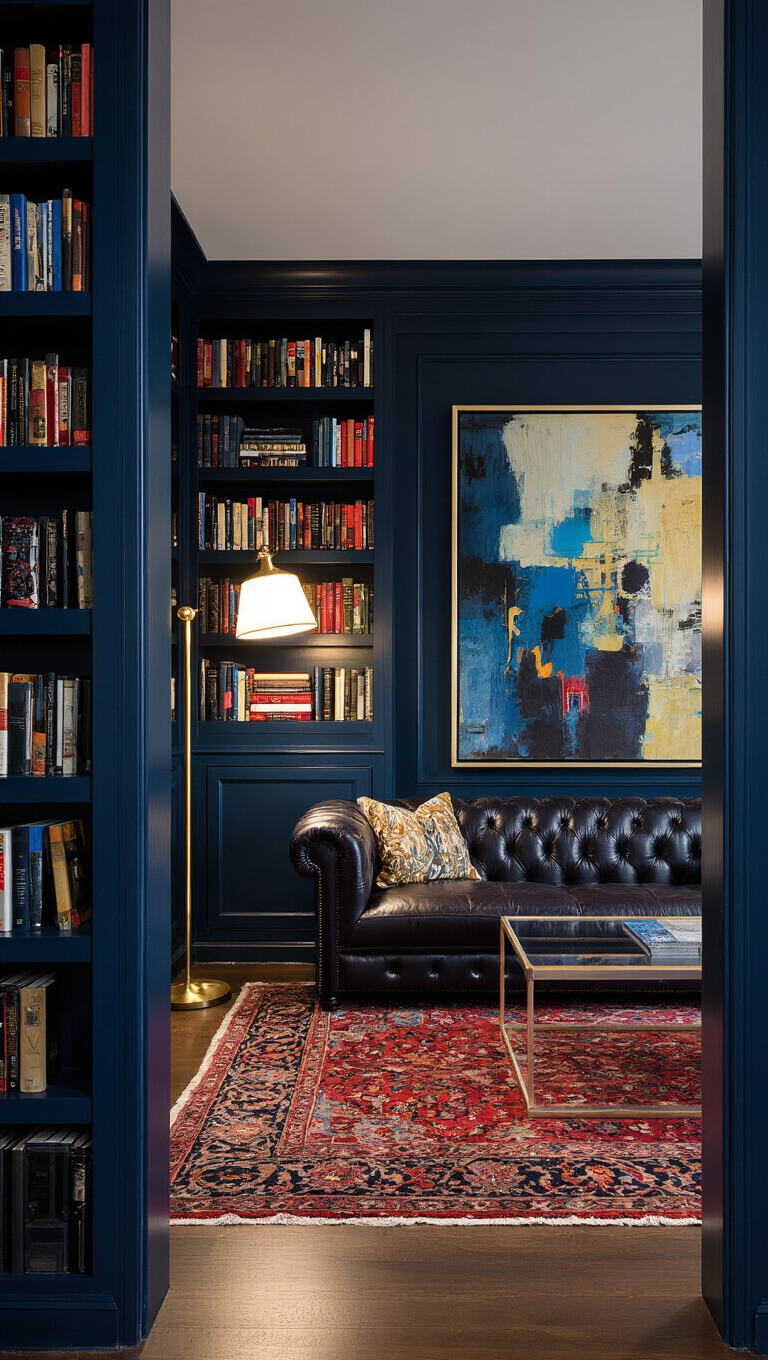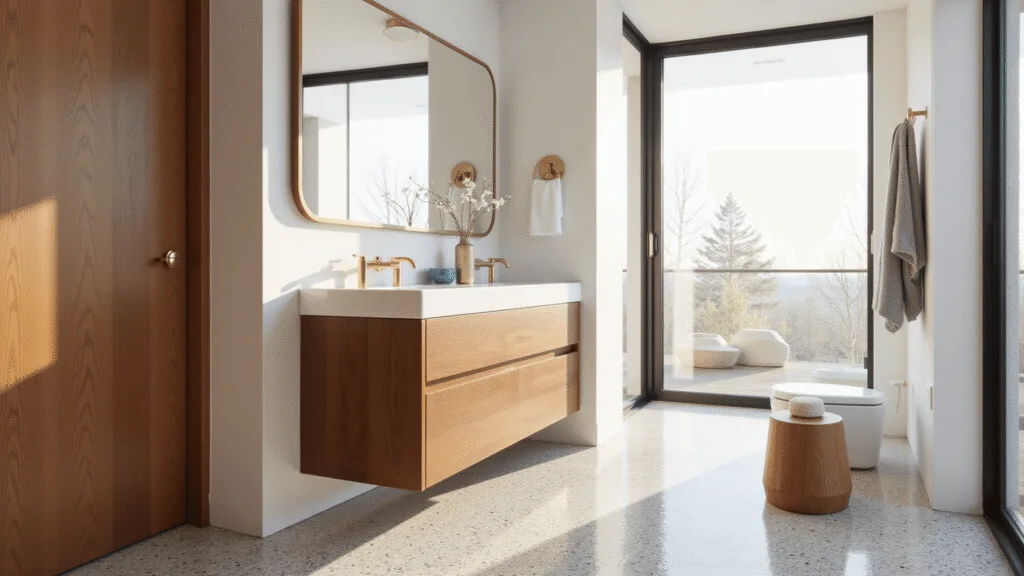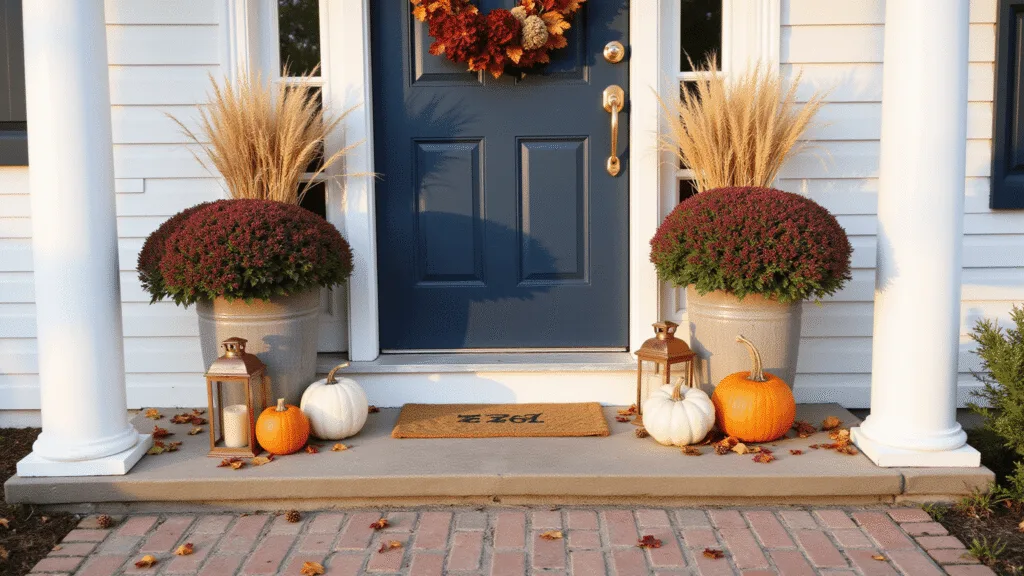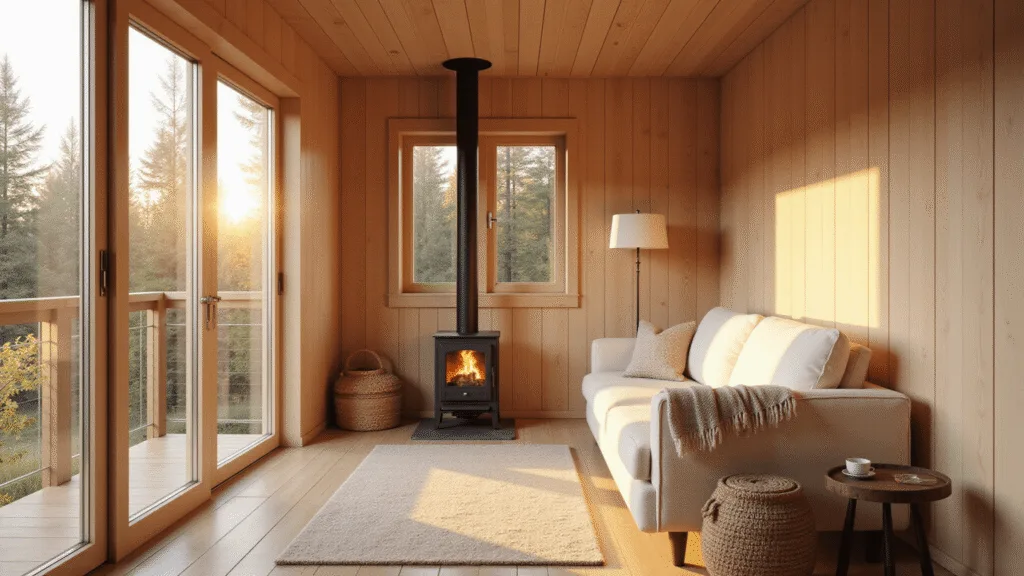Transitional Decor: Your Guide to Timeless, Effortless Home Styling
Ever walked into a room that feels both incredibly modern and wonderfully classic? That’s the magic of transitional decor – a design approach that breaks all the rigid style rules and creates spaces that breathe comfort and sophistication.
What Exactly is Transitional Decor?
Transitional decor is like the cool hybrid kid of interior design. It’s where traditional warmth meets modern simplicity, creating spaces that feel both inviting and sleek. Think of it as the design equivalent of your favorite versatile jacket – it goes with everything and never goes out of style.
Quick Style Snapshot: What You Need to Know
Time Investment: 1-2 days per room
Cost Range: Moderate (but totally worth it!)
Skill Level: Perfect for beginners and design enthusiasts
Best Spaces: Living rooms, bedrooms, entryways
Key Design Elements That Make Transitional Decor Sing
1. Color Palette
- Neutrals are your best friends: whites, creams, grays
- Dark accents for drama: black, navy, espresso
- Warm wood tones
- Metallic hints for sophistication
2. Must-Have Furniture Pieces
- Plush sofas with clean lines
- Oversized ottomans
- Statement mirrors
- Streamlined dining tables
- Classic armchairs with modern twists
Pro Styling Tips That’ll Transform Your Space
Texture is Everything
- Mix soft linens with smooth woods
- Layer velvet pillows on cotton sofas
- Combine metallic accents with natural textures
Color Balancing Act
- Start with neutral base colors
- Add depth with darker wood tones
- Introduce occasional color pops through art or accessories
Practical Setup Guide: From Blank Space to Styled Sanctuary
Step 1: Clear and Clean
- Remove clutter
- Create a blank canvas
Step 2: Furniture Placement
- Focus on symmetry
- Create intentional balance
- Avoid overcrowding
Step 3: Layer and Style
- Add rugs
- Introduce textiles
- Place accent tables
- Style with carefully chosen accessories
Budget-Friendly Transitional Decor Hacks
- Swap out throw pillows seasonally
- Update hardware on existing furniture
- Move artwork around
- Use metallic vases as instant style boosters
Common Mistakes to Avoid
- ❌ Over-accessorizing
- ❌ Ignoring texture balance
- ❌ Sticking too rigidly to one design era
- ❌ Forgetting personal style
Quick Seasonal Update Ideas
- 🍂 Fall: Neutral pumpkins, warm throws
- ❄️ Winter: Evergreen touches, cozy textures
- 🌱 Spring: Fresh florals, lightweight fabrics
- ☀️ Summer: Airy accessories, light color accents
Final Thoughts: Your Home, Your Style
Transitional decor isn’t about perfection – it’s about creating a space that feels authentically you. Mix, match, and most importantly, have fun with your design journey.
Pro Tip: Always trust your instincts. If something feels right, it probably is.
Sharing Your Transitional Style
Best Platforms:
- Interior design blogs
Caption Ideas:
- “Timeless meets modern”
- “My neutral sanctuary”
- “Where classic comfort gets a contemporary twist”
Remember, great design is about feeling good in your space. Transitional decor gives you the freedom to do just that – create a home that’s both stunning and supremely comfortable.
Happy styling! 🏡✨

